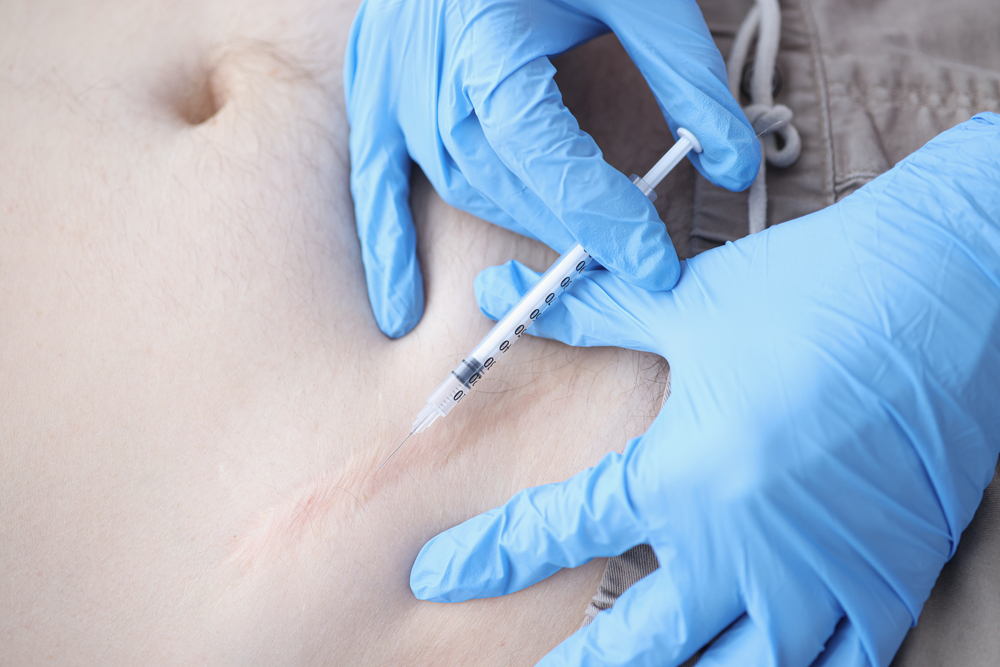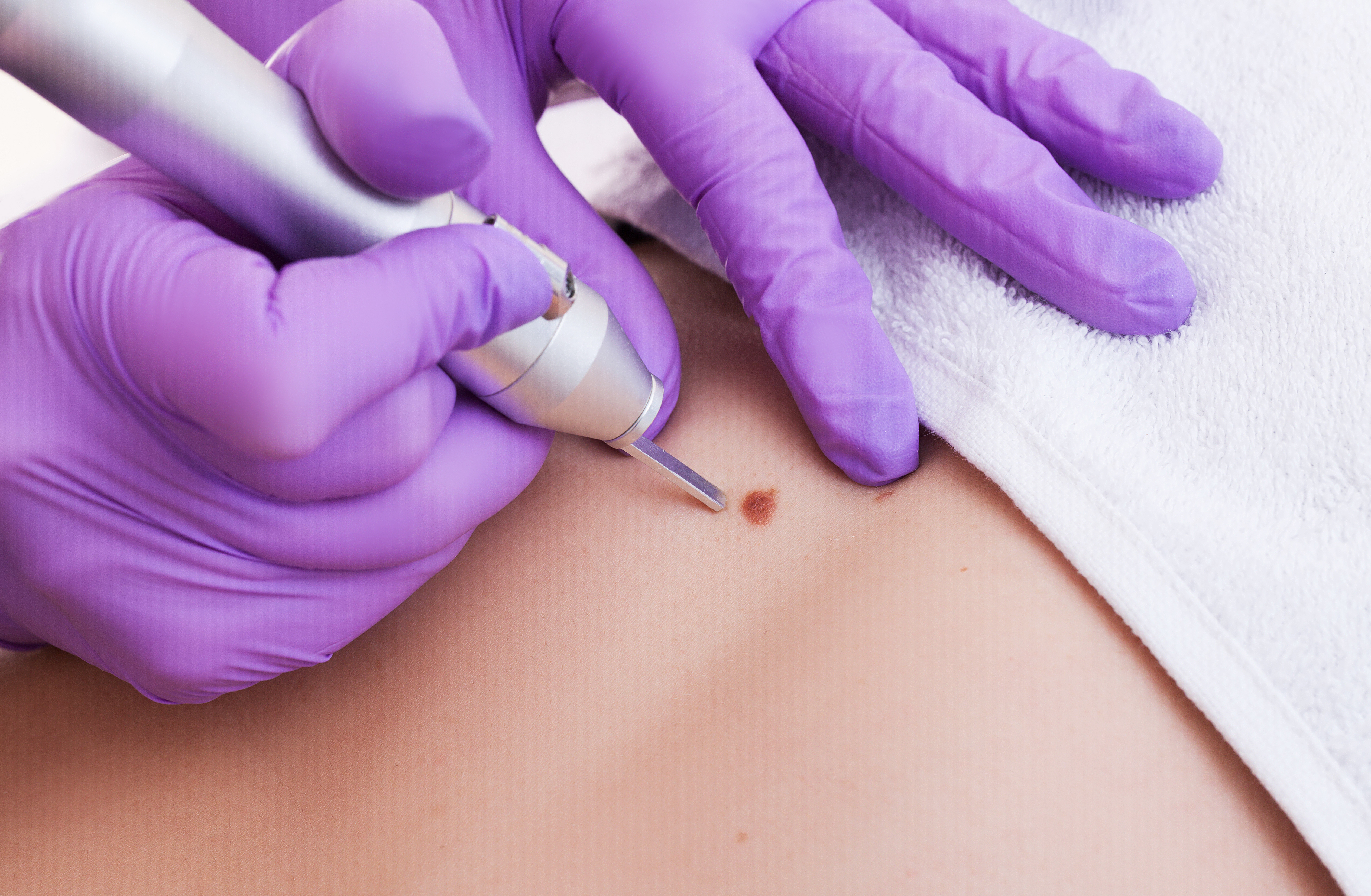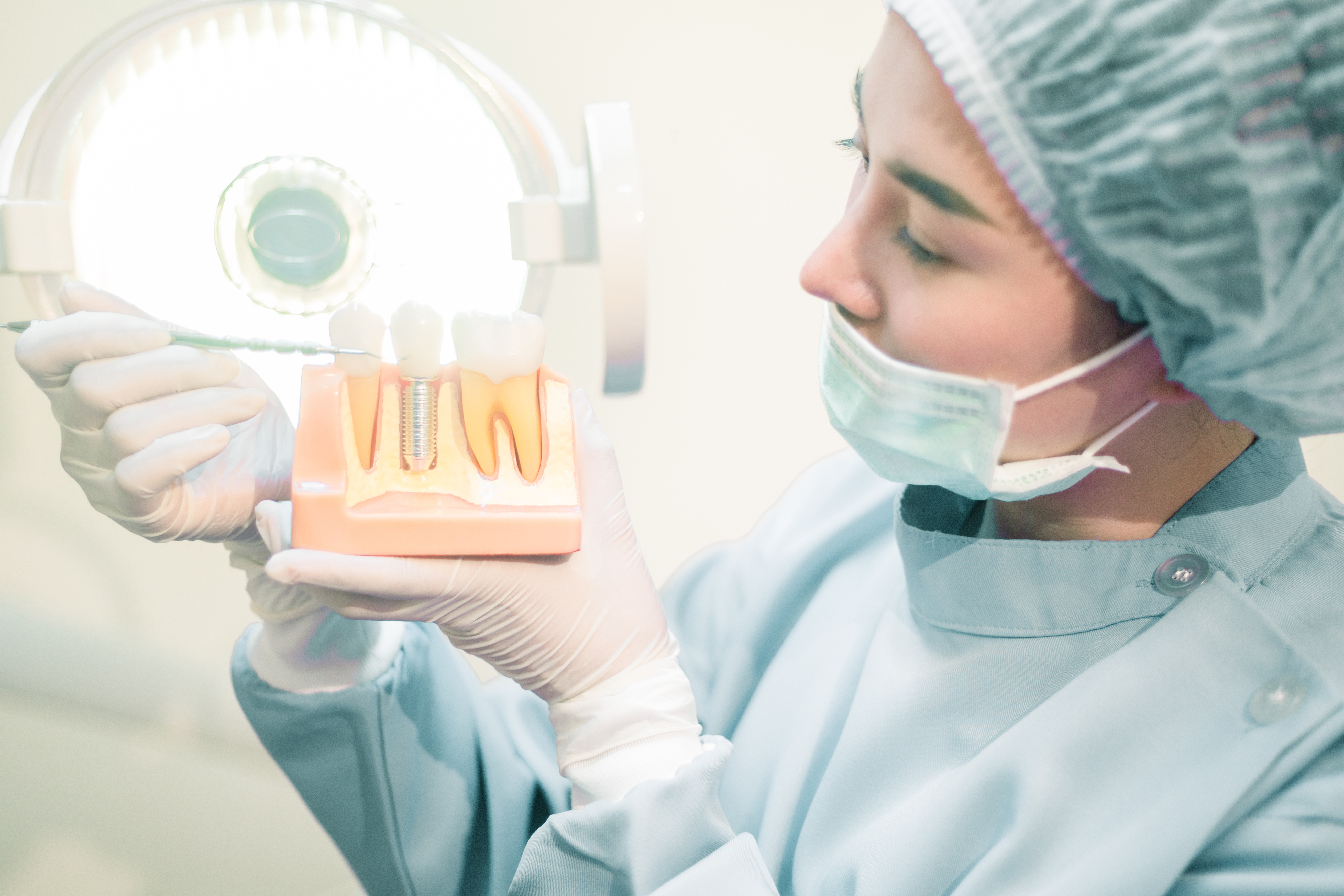
Keloid Injection: Procedure, Risks, Aftercare, and Cost
Keloids, characterized by raised, thickened scars that extend beyond the original wound site, can be not only cosmetically bothersome but also physically uncomfortable. In this article, we delve into the intricacies of keloid injection therapy—a minimally invasive procedure aimed at reducing the size and appearance of keloid scars.
Whether you're contemplating this treatment option or seeking more information, we'll explore the process, benefits, and considerations surrounding keloid injections to help you make an informed decision on your journey towards smoother, clearer skin.
What is a Keloid Injection?
A keloid injection, also known as intralesional injection therapy, is a medical procedure used to treat keloid scars. Keloids are raised, thickened scars that extend beyond the boundaries of the original wound, often resulting from excessive collagen production during the healing process.
Keloid injections involve the direct injection of medication into the keloid scar to reduce its size, alleviate symptoms, and improve its appearance. The medication typically injected into keloid scars includes corticosteroids, such as triamcinolone acetonide. Corticosteroids work by suppressing inflammation and reducing collagen production, which helps to flatten and soften the keloid scar.
Who Will Need Keloid Injection?
Keloid injections are typically recommended for individuals who have keloid scars that are causing discomfort, impacting their quality of life, or affecting their self-confidence.
While anyone can develop keloid scars, certain individuals may be more prone to keloid formation, including those with a family history of keloids, individuals with darker skin tones, and people who have previously experienced keloid formation after skin injuries or surgeries.
Not only keloid, an intralesional steroid injection can also treat this following conditions:
- alopecia areata.
- vitiligo.
- psoriasis.
- lichen planus.
- neurodermatitis.
- cystic acne.
- other inflammatory skin diseases.
What Happens Before Keloid Injection?
Before undergoing keloid injection therapy, several steps are typically taken to prepare the patient for the procedure. The patient will initially schedule a consultation with a dermatologist, plastic surgeon, or another healthcare provider experienced in keloid management.
During this consultation, the healthcare provider will assess the keloid scar(s), discuss the patient's medical history, review previous treatments or surgeries, and evaluate the patient's treatment goals and expectations.
A thorough medical evaluation may be conducted to ensure the patient is medically fit for keloid injection therapy. This evaluation may include a physical examination, review of current medications, and assessment of any underlying health conditions that may affect the treatment process or outcomes.
Keloid Injection Procedure
Before the injection, the healthcare provider will clean and sterilize the skin around the keloid scar to reduce the risk of infection. The patient may be asked to lie down or sit in a comfortable position, depending on the location of the keloid.
In some cases, the healthcare provider may apply a topical numbing cream or administer a local anesthetic injection to the treatment area to minimize discomfort during the procedure. This step is optional and may depend on the patient's pain tolerance and the size and location of the keloid scar.
Using a fine needle, the healthcare provider will inject the medication directly into the keloid scar. The most commonly used medication for keloid injections is corticosteroids, such as triamcinolone acetonide. Corticosteroids work by reducing inflammation and inhibiting collagen production, which helps to flatten and soften the keloid scar.
Depending on the size and thickness of the keloid scar, as well as the response to treatment, your doctor may administer multiple injections during the same treatment session. These injections are usually spaced evenly throughout the keloid scar to ensure thorough coverage of the affected tissue.
After the injections are completed, your doctor may apply a pressure bandage or dressing to the treatment area to help minimize swelling and promote medication absorption. The patient may be instructed to keep the bandage in place for a specified period following the procedure.
How Long Does the Keloid Injection Process?
The duration of the keloid injection process can vary depending on several factors, including the number and size of keloid scars being treated, the complexity of the procedure, and the individual patient's response to treatment.
However, on average, a single keloid injection session typically takes around 15 to 30 minutes to complete.
What Are the Risks of Keloid Injection?
While keloid injections are generally considered safe and effective for the treatment of keloid scars, like any medical procedure, they carry certain risks and potential complications.
It's essential for patients to be aware of these risks and to discuss them with their healthcare provider before undergoing keloid injection therapy.
Some of the potential risks of keloid injections include:
- temporary pain or discomfort.
- allergic reactions.
- telangiectasia.
- inflammatory response.
- long-term atrophy (particularly common in subcutaneous injection cases).
- hyperpigmentation, hypopigmentation.
What Can You Expect After Keloid Injection?
After undergoing keloid injection therapy, patients can expect a variety of outcomes and experiences as they recover from the procedure.
Immediately following the keloid injection procedure, patients may experience mild discomfort, tenderness, or swelling at the injection site. This is normal and usually resolves within a few hours to days after the procedure.
It's not uncommon for patients to develop bruising or temporary discoloration (such as redness or darkening) at the injection site. This is typically mild and resolves on its own over time. Applying ice packs may help reduce swelling and bruising in the first few days after the procedure.
How Much Does Keloid Injection Costs in Indonesia?
The estimated average for keloid injection in Indonesia costs from IDR 300.000.
At Bluecross Medical, The Sanur, we believe that wellness is unrivaled in healing your body, mind, and soul. Hence, as one of the centers of excellence, our aesthetic centre is committed to prioritizing your skin health by offering comprehensive assessments and treatments.
Our services include preventive care, early detection, diagnostics, and treatment of a wide range of aesthetics problems with unparalleled expertise and cutting-edge medical technology right in the heart of Bali.
Enjoy the most excellent experience in medicine. Find out the details of this medical process and schedule a consultation so that you may schedule high-quality care that suits your needs.
References:
Intralesional injection | DermNet. (2022). Dermnetnz.org. https://dermnetnz.org/topics/intralesional-injection
Medical Treatment for Scars & Keloids. (2024). Nyulangone.org. https://nyulangone.org/conditions/scars-keloids/treatments/medical-treatment-for-scars-keloids
Intralesional steroid injection | DermNet. (2022). Dermnetnz.org. https://dermnetnz.org/topics/intralesional-steroid-injection
Related Articles

Mole surgery is a safe procedure with a relatively high success rate. What preparations are needed ...

Kidney stones (nephrolithiasis) are hard objects formed from chemicals in the kidneys. Once formed, the stone ...

Dental implants can be an excellent solution for replacing damaged or lost adult teeth. Before deciding ...

